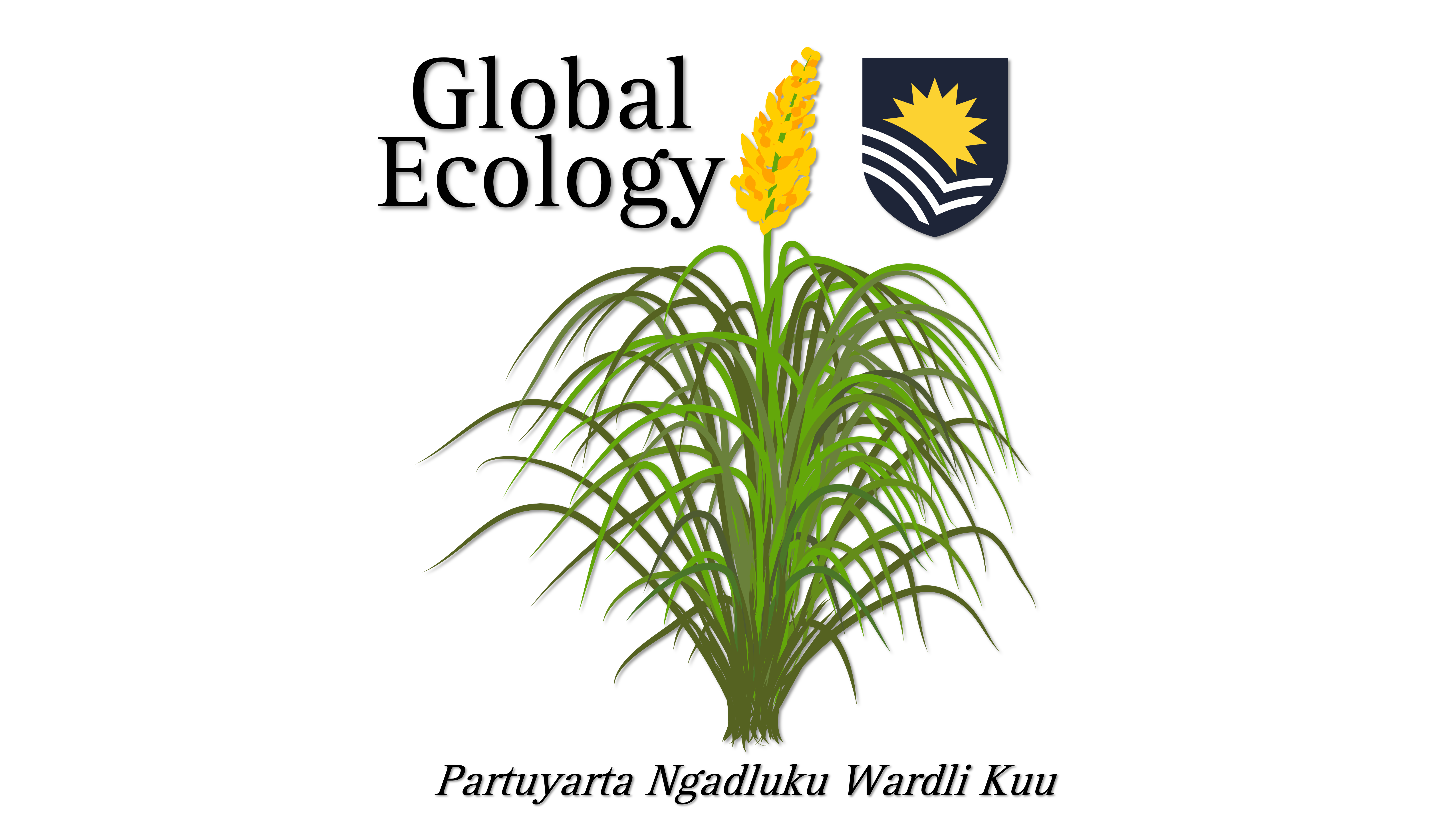Stochastic simulations of population abundance with known component density feedback on survival to test for ability to return ensemble feedback signal
R code accompanying paper:
Bradshaw, CJA, S Herrando-Pérez. 2023. Logistic-growth models measuring density feedback are sensitive to population declines, but not fluctuating carrying capacity. Ecology and Evolution 13: e10010. doi:10.1002/ece3.10010
Previous (out-of-date) version available as a preprint here:
Bradshaw, CJA, S Herrando-Pérez. 2021. Density-independent processes decouple component and ensemble density feedbacks. bioRχiv doi:10.1101/2021.09.19.460939
Analysis of long-term trends in abundance of animal populations provides insights into population dynamics. Population growth rates are the emergent interplay of inter alia fertility, survival, and dispersal. However, the density feedbacks operating on some vital rates (‘component feedback’) can be decoupled from density feedbacks on population growth rates estimated using abundance time series (‘ensemble feedback’). Many of the mechanisms responsible for this decoupling are poorly understood, thereby questioning the validity of using logistic-growth models versus vital rates to infer long-term population trends. To examine which conditions lead to decoupling, we simulated age-structured populations of long-lived vertebrates experiencing component density feedbacks on survival. We then quantified how imposed stochasticity in survival rates, density-independent mortality (catastrophes, harvest-like removal of individuals), and variation in carrying capacity modified the ensemble feedback in abundance time series simulated from age-structured populations. The statistical detection of ensemble density feedback from census data was largely unaffected by density-independent processes. Population decline caused from the loss of individuals from a population was the main mechanism decoupling the strength of component versus ensemble density feedbacks. Our study supports the use of simple logistic-growth models to capture long-term population trends, mediated by changes in population abundance when survival rates are stochastic, carrying capacity fluctuates, and populations experience moderate catastrophic mortality over time.
Prof Corey J. A. Bradshaw
Global Ecology, Flinders University, Adelaide, Australia
September 2021 (updated February 2022)
- Run initial base population models (
baseModels.R; in the basemodels folder)
- VOMBATIFORM HERBIVORES: Diprotodon†, Palorchestes†, Zygomaturus†, Phascolonus†, Vombatus ursinus
- MACROPODIFORM HERBIVORES: Protemnodon†, Osphranter rufus, Sthenurus†, Simosthenurus†, Procoptodon†, Metasthenurus†, Notamacropus
- LARGE BIRDS: Genyornis†, Dromaius novaehollandiae, Alectura lathami
- CARNIVORES: Sarcophilus, Thylacinus†, Thylacoleo†, Dasyurus
- MONOTREMES: Megalibgwilia†, Tachyglossus
† extinct
More details and justification of the model components can be found in:
- Bradshaw, CJA, CN Johnson, J Llewelyn, V Weisbecker, G Strona, F Saltré. 2021. Relative demographic susceptibility does not explain the extinction chronology of Sahul’s megafauna. eLife 10: e63870. doi:10.7554/eLife.63870
- and its associated Github repository here
- Run projection scenarios using outputs from Step 1 (the following scripts are in the projectionscenarios folder):
stableCatastrophe.R: stable, fixed carrying capacity (K) with generationally scaled catastrophepulseCatastrophe.R: stable, fixed K with 90% mortality pulse disturbance at 20G (generations); generationally scaled catastropher001-01Catastrophe.R: stable, fixed K with density-independent mortality to cause mean population growth rate (r) to be -0.001 or -0.01 (user choice); generationally scaled catastropheKstochCatastrophe.R: stable, mean stochastic K (constant variance); generationally scaled catastropheKstochVarIncCatastrophe.R: stable, mean stochastic K (variance doubles over projection interval); generationally scaled catastropheKstochDeclCatastrophe.R: declining (-0.001), mean stochastic K (constant variance); generationally scaled catastropheNoDFstableCatastrophe.R: stable, mean trajectory with no density feedback (no K)
- Import resulting .RData files from Step 2 to estimate evidence and strength of ensemble density feedback (
logisticGrowthFit.R; in the ensembleDF folder) - Import resulting .RData files from Step 2 to estimate stationarity metrics (the following scripts are in the stationarity folder):
StatStableCatastrophe.R: stable, fixed K with generationally scaled catastropheStatPulseCatastrophe.R: stable, fixed K with 90% mortality pulse disturbance at 20G; generationally scaled catastropheStatr001Catastrophe.R: stable, fixed K with density-independent mortality to cause mean r = -0.001; generationally scaled catastropheStatr01Catastrophe.R: stable, fixed K with density-independent mortality to cause mean r = -0.01; generationally scaled catastropheStatKstochCatastrophe.R: stable, mean stochastic K (constant variance); generationally scaled catastropheStatKstochVarIncCatastrophe.R: stable, mean stochastic K (variance doubles over projection interval); generationally scaled catastropheStatKstochDeclCatastrophe.R: declining, (-0.001) mean stochastic K (constant variance); generationally scaled catastropheStatStableNoDFCatastrophe.R: stable, mean trajectory with no density feedback (no K)
effectIncVarjuvSurv.R: this script increases the variation in juvenile survival relative to adults (3x, declining linearly to equal adult variation by age at first reproduction) (Diprotodon only)
- DFfertDFsurv.R: this script adds a feedback mechanism to fertility in addition to survival to examine how dispersing the feedback signal among > 1 vital rates affects the phenomenological model results (Diprotodon only)
dplyrplotlyexpsscarHmiscclusterbootstrapdata.tableggplot2ggridgesggpubrbiostatreshape2
matrixOperators.R(in the source folder)
All code ran on the Flinders University Deepthought High-Performance Computing facility: Flinders University (2021). DeepThought (HPC). doi:10.25957/FLINDERS.HPC.DEEPTHOUGHT






